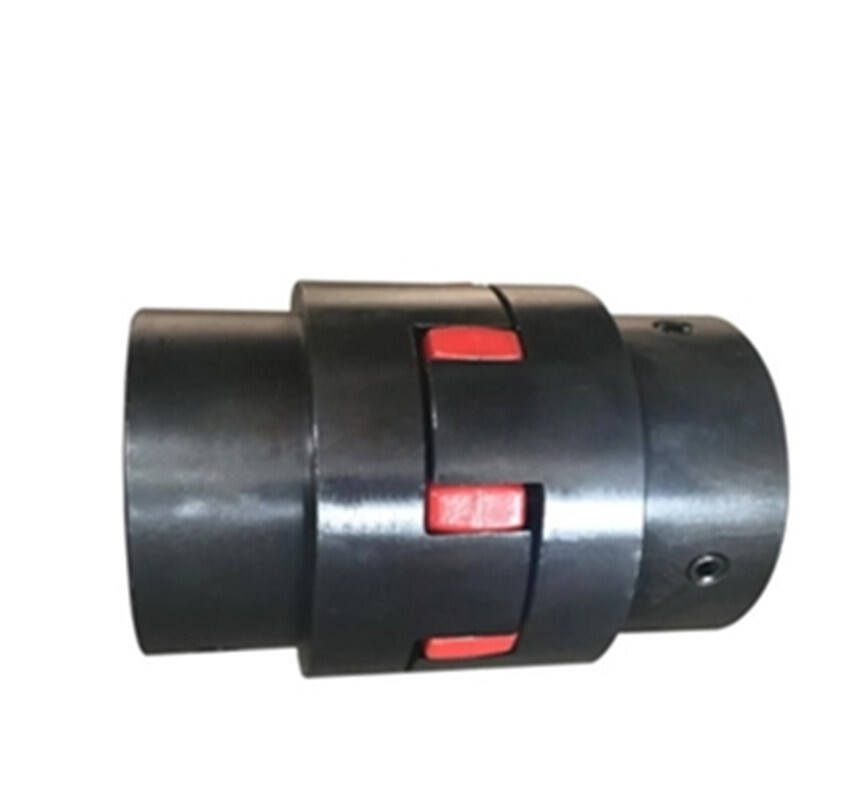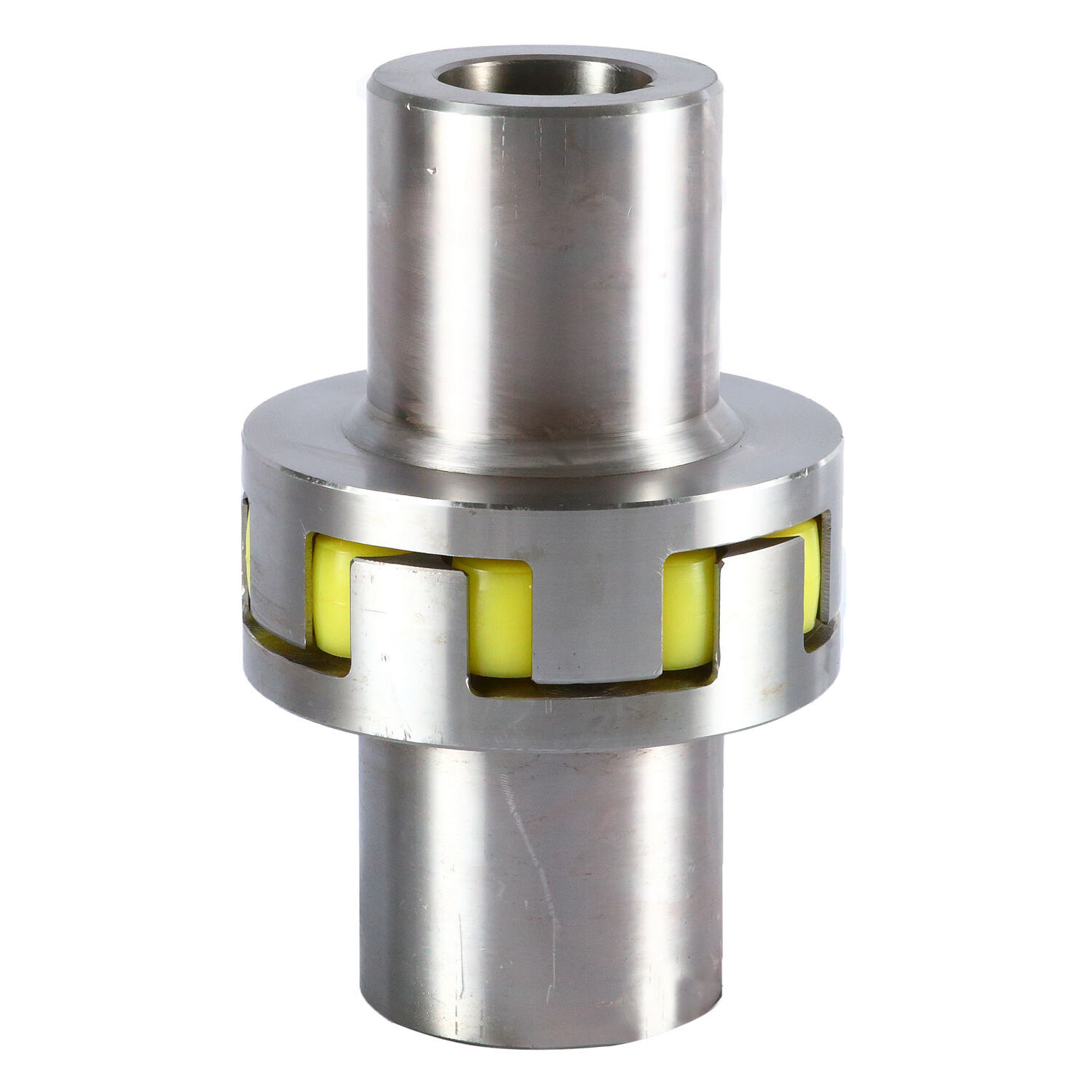rigid shaft coupling
A rigid shaft coupling is a mechanical component designed to connect two shafts in a fixed, inflexible manner, ensuring precise power transmission and rotational alignment. This coupling type provides a solid connection that maintains perfect alignment between connected shafts, crucial for applications requiring exact positioning and zero backlash. The design typically features a cylindrical body with bore holes at each end, accommodating the shafts to be connected. These couplings are manufactured from high-strength materials such as steel or aluminum alloys, offering exceptional torque transmission capabilities while maintaining dimensional stability. The coupling mechanism usually incorporates clamping elements, such as bolts or keyways, to secure the shafts firmly in place. Rigid shaft couplings excel in applications where shaft misalignment cannot be tolerated, such as in precision machinery, measurement equipment, and high-speed operations. They are particularly valuable in scenarios where maintaining exact shaft positioning is critical for system performance and accuracy. The coupling's robust construction ensures reliable operation under various loading conditions, while its simplified design minimizes maintenance requirements and enhances operational longevity.


